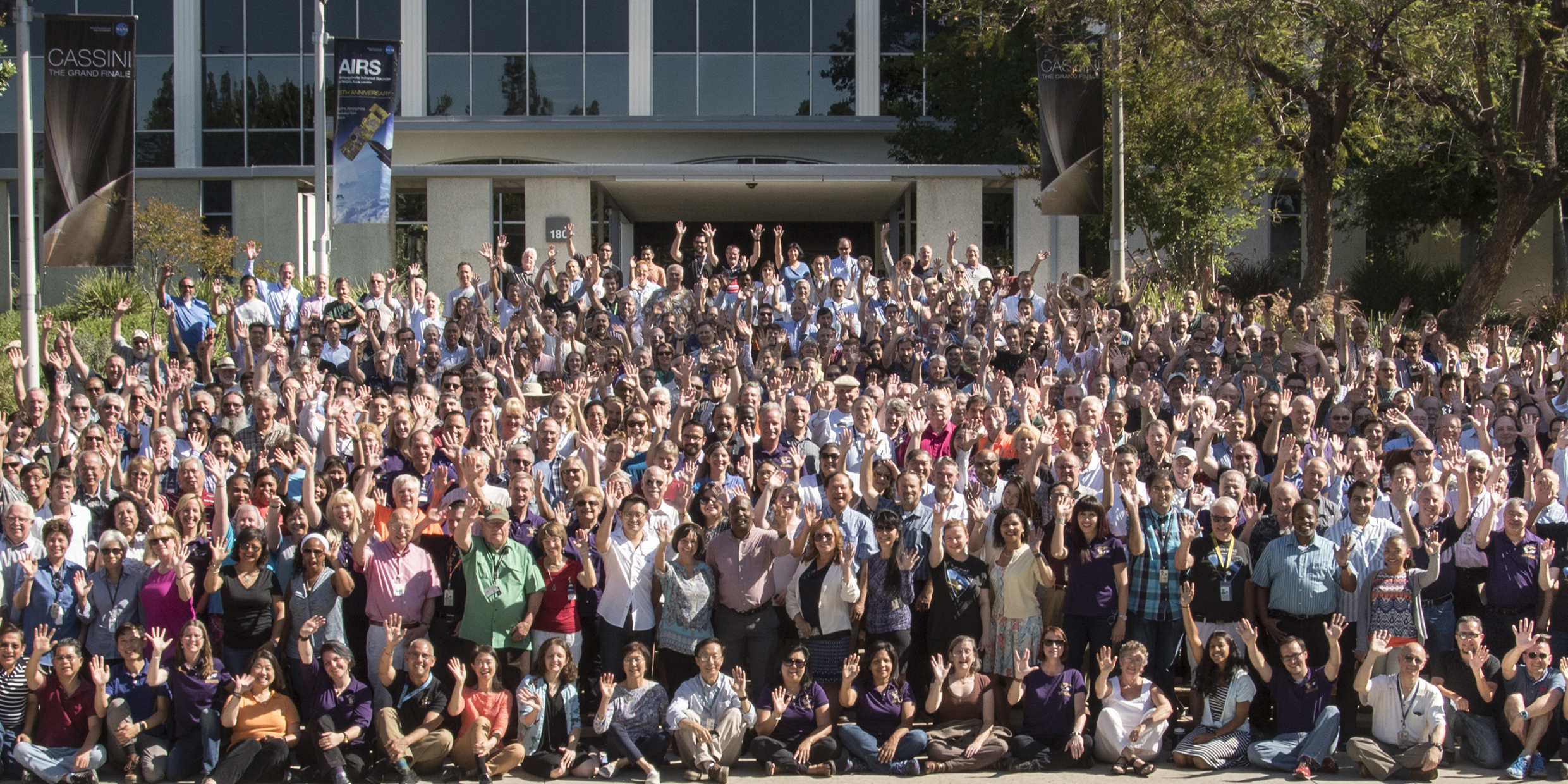Originally published 9 April 1990
Not long ago an article in the scientific journal Physical Review Letters listed 225 names under the title.
That’s right, 225 authors for a three-page paper. That comes out to something like 10 words per author. An entire page of this prestigious journal is taken up just listing the authors’ names and their institutional affiliations. The names are listed in alphabetical order. Every letter of the alphabet is represented except X.
In fact, there were four articles in that particular issue of Physical Review Letters by essentially the same team of physicists working at the Fermi National Accelerator Lab in Batavia, Illinois, which means the page of names was repeated four times.
The group is using the Fermilab Tevatron, a high-energy particle accelerating machine, to study reactions among exotic subatomic particles. This is Big Science, expensive science, utilizing a research lab the size of a small city. One just doesn’t go looking for quarks and Z‑bosons on one’s own. Teamwork is required on a huge scale, even an international scale. The list of 225 names reads like a roll-call at the United Nations, with an emphasis in this case on Americans, Japanese, and Italians.
Scientific papers with upwards of 100 authors are no longer unusual, especially in research fields like high-energy particle physics and space. In one recent issue of Science devoted to the Voyager 2 encounter with Neptune the average number of authors per article was 15.
Increasing trend
Does this trend toward multiple authorship characterize science as a whole? To answer the question, I pulled out 16 issues of the journal Science, four each from the years 1960, 1970, 1980, and 1990, and counted names. In 1960 the average number of authors per report was 1.8. By 1970 the average had risen to 2.3. A decade later it was 3.1. The 1990 sample yielded 4.8.
The curve is rising and getting steeper. One can foresee the day when the number of authors per scientific paper exceeds the number of scientists on Earth.
I’m being facetious, of course, and my sampling of the literature is hardly definitive. But the trend is real — and worth considering.
In an occupation where the number of citations on a curriculum vitae is the ticket to success, there are ample reasons, both honorable and frivolous, for sharing credit. But the trend toward multiple authorship is more than that; it reflects a move away from individualism in science.
About half the 1960 reports I sampled had solitary authors. Every 1990 report had multiple authorship. On the face of it, it looks as if the solitary scientist pursuing a personal muse will soon be extinct.
There was a time, back in the heroic age of science, when all the great breakthroughs were made by solitary geniuses — Newton under his apple tree, Mendel in his monastery, Einstein in his garret. Or so goes the myth. In fact, Newton, Mendel, and Einstein were keenly in touch with the science of their time. But there was also a private element to their work that cannot be separated from their personalities. It is the personality factor that makes their scientific biographies so interesting.
And that’s what’s missing from much contemporary science, the connection with personality. The task of discovery has become so fragmented — into 225 pieces, for example — that the enterprise is no longer recognizably human. Oh, of course there are humans involved, humans with genius, passions, insights, and emotions, but the public face of discovery begins to look startlingly like a gigantic machine made up of interchangeable human parts.
Feeding the machine
The social philosopher Lewis Mumford, who died January 26, 1990 at the age of 94, railed all his life against the tendency of science and technology to submerge human personality in what he called “the megamachine.” He recognized that big science and big technology are effective sources of knowledge and power, but, he asked, at what cost? He equated our space program and high energy accelerating machines to the Egyptian pyramids — “devices for securing at an extravagant cost a passage to Heaven for the favored few.” In all of these mega-projects Mumford counted individual personality the loser.
Discovering the secrets of the very large, the very small, the very energetic, and the very far away, necessarily surpasses the resources of single individuals. It is inevitable that the curve of multiple authorship will continue to rise. If the Tevatron at Fermilab produces papers with 225 authors, the Superconducting Supercollider to be constructed in Texas will push the number towards 1,000.
As personality becomes increasingly submerged in collective science, we will do well to keep an ear cocked to Cassandras like Lewis Mumford, who worried that in our “search for the object” we have forgotten “the object of the search.”



